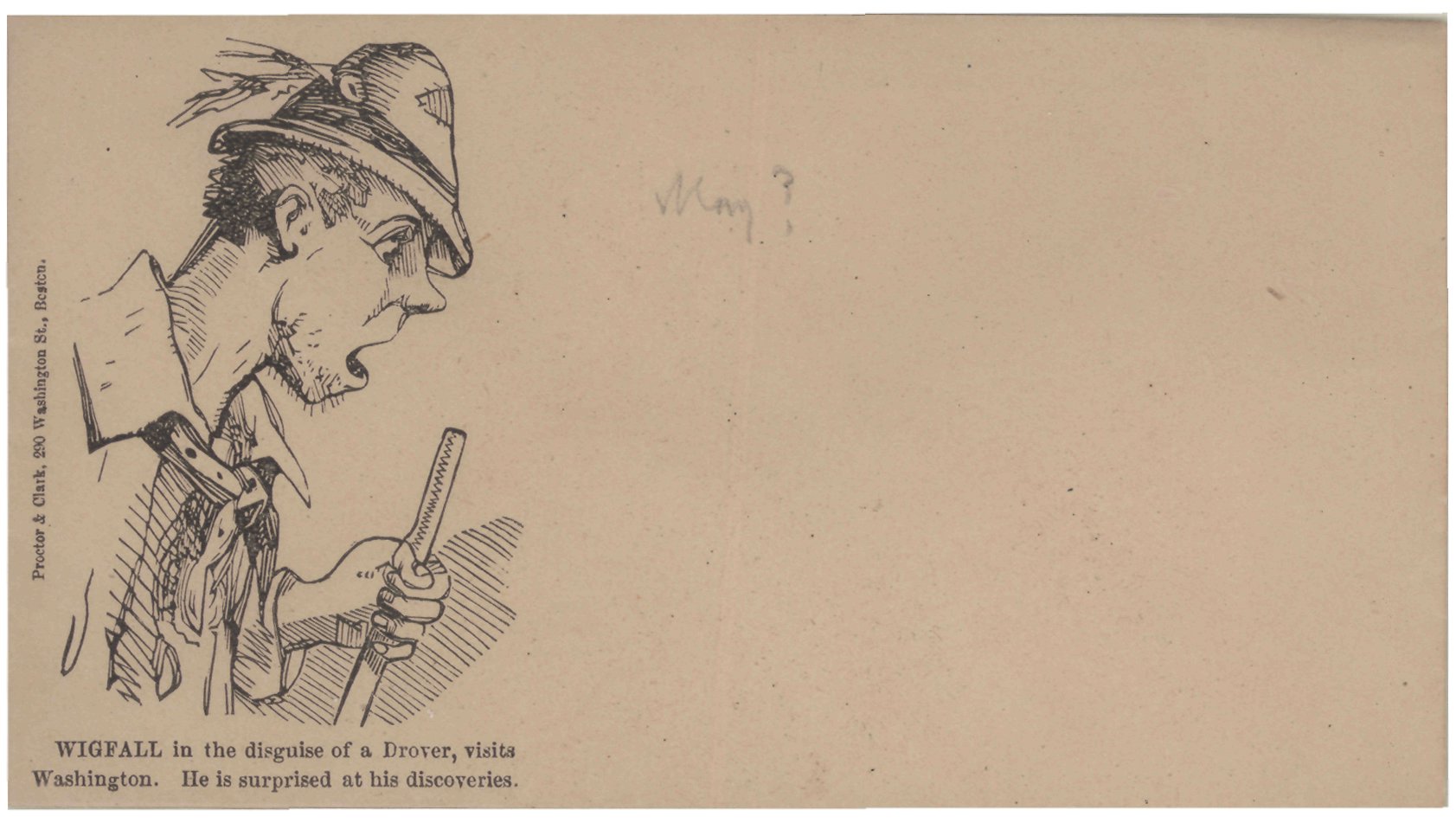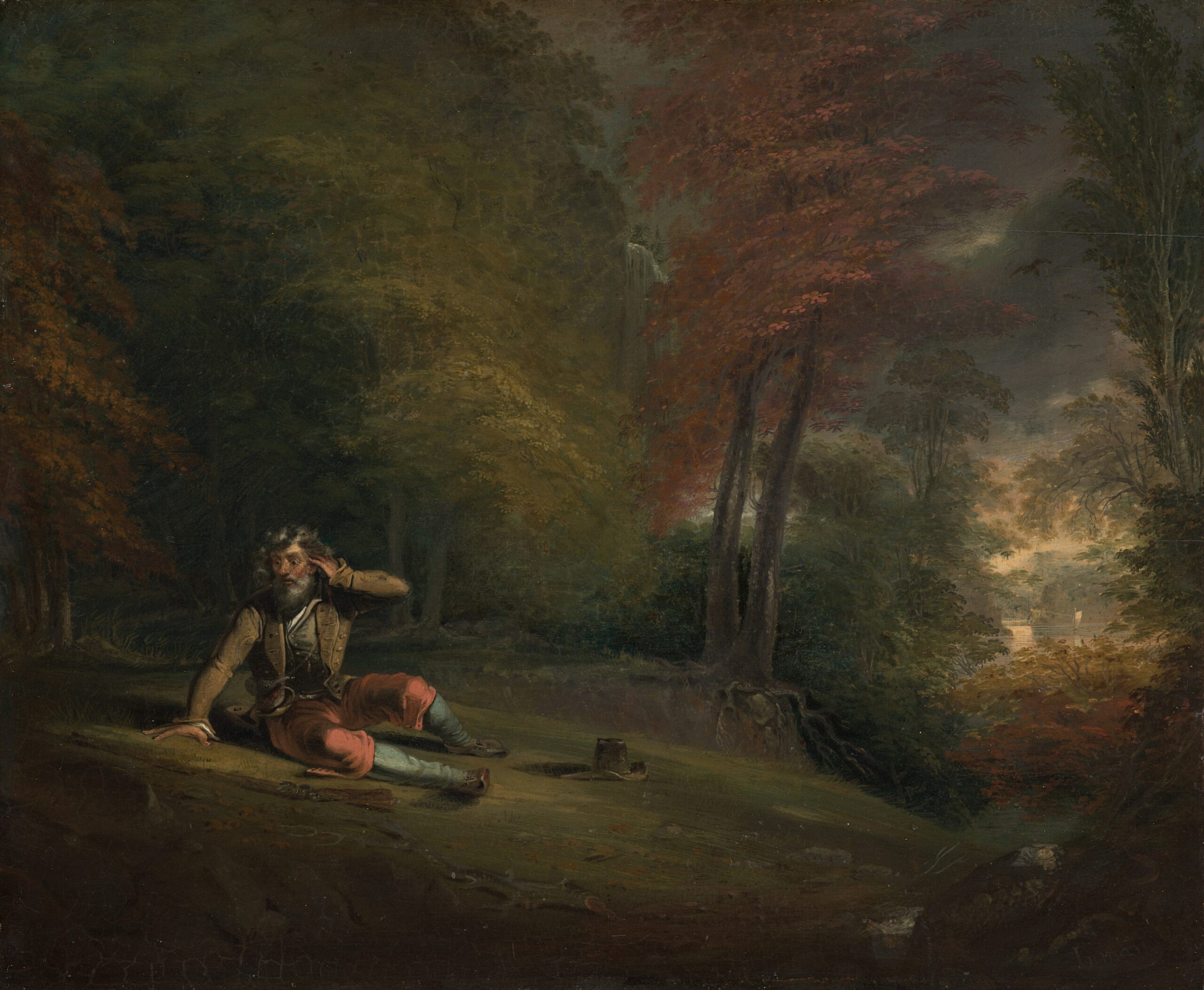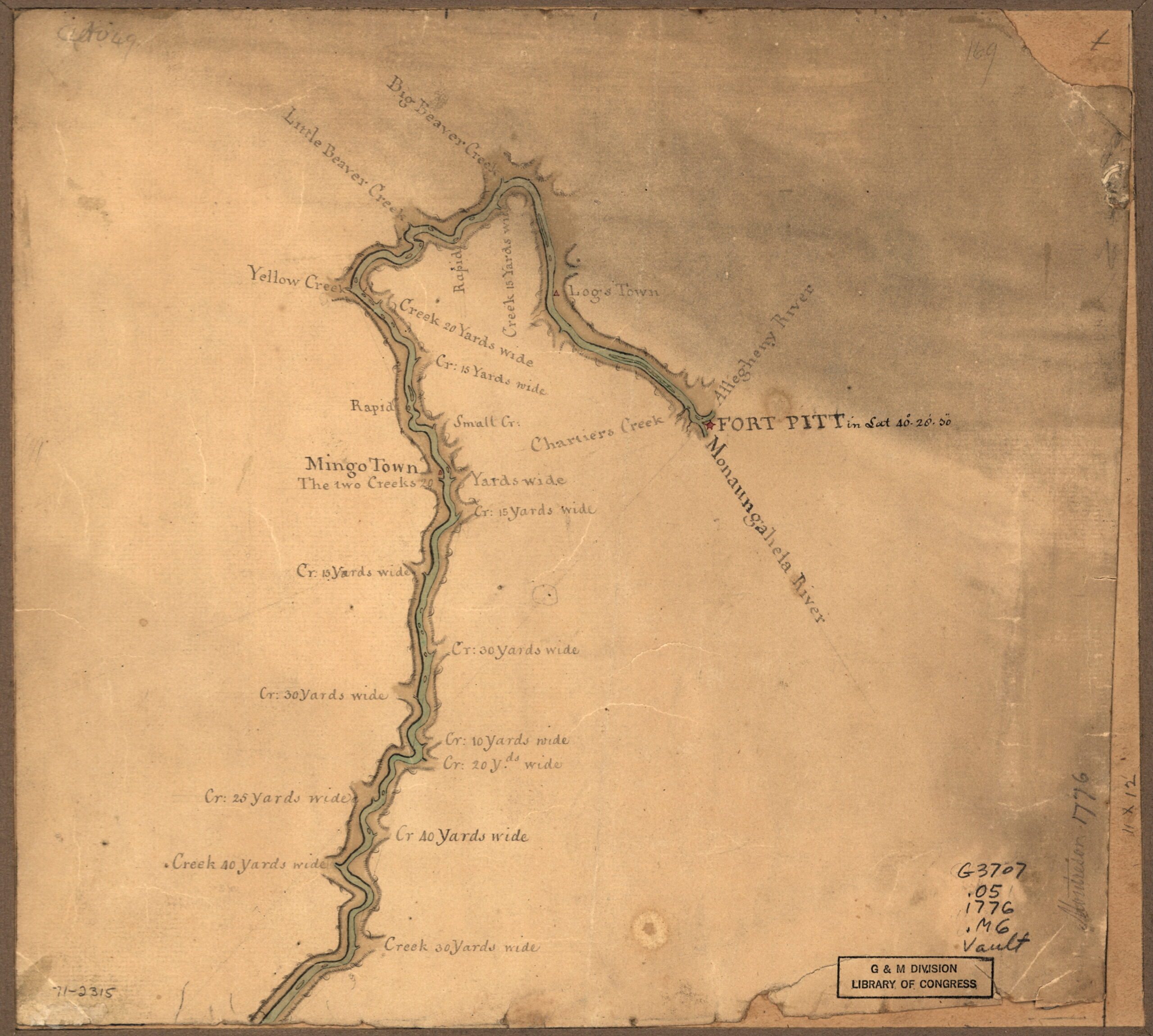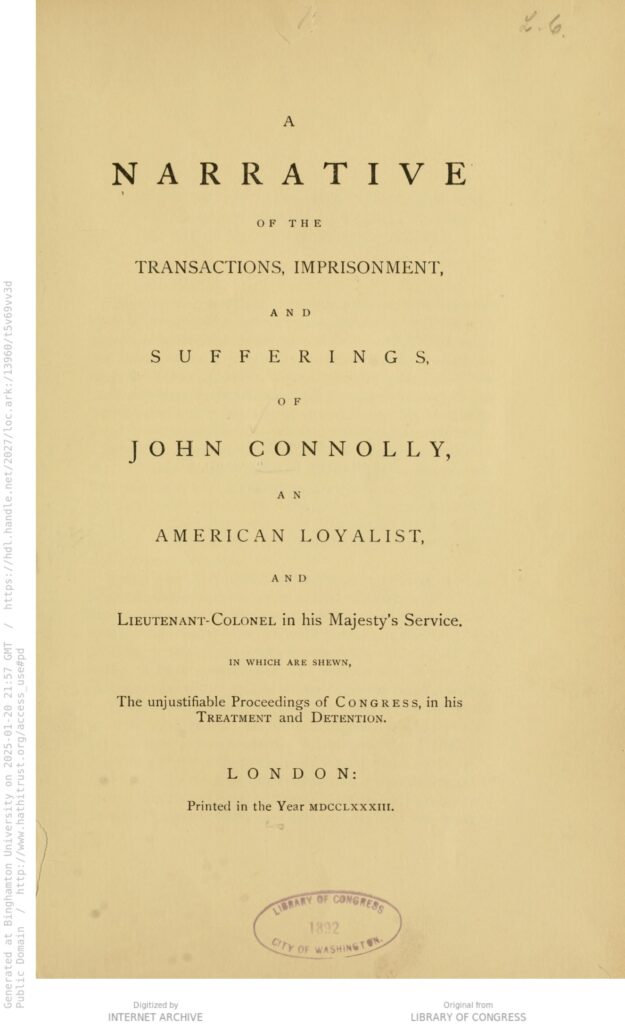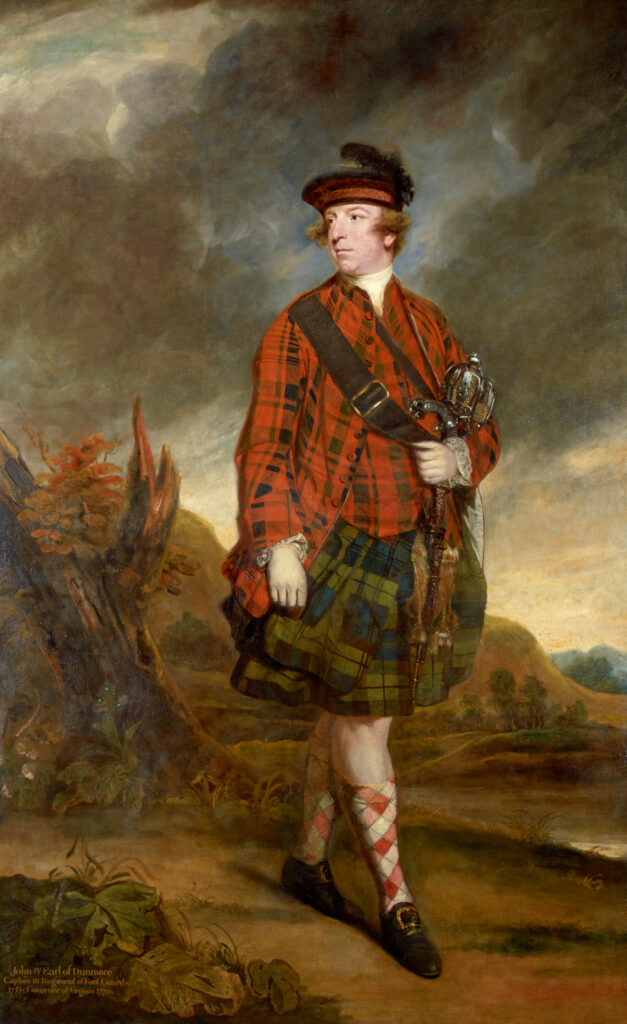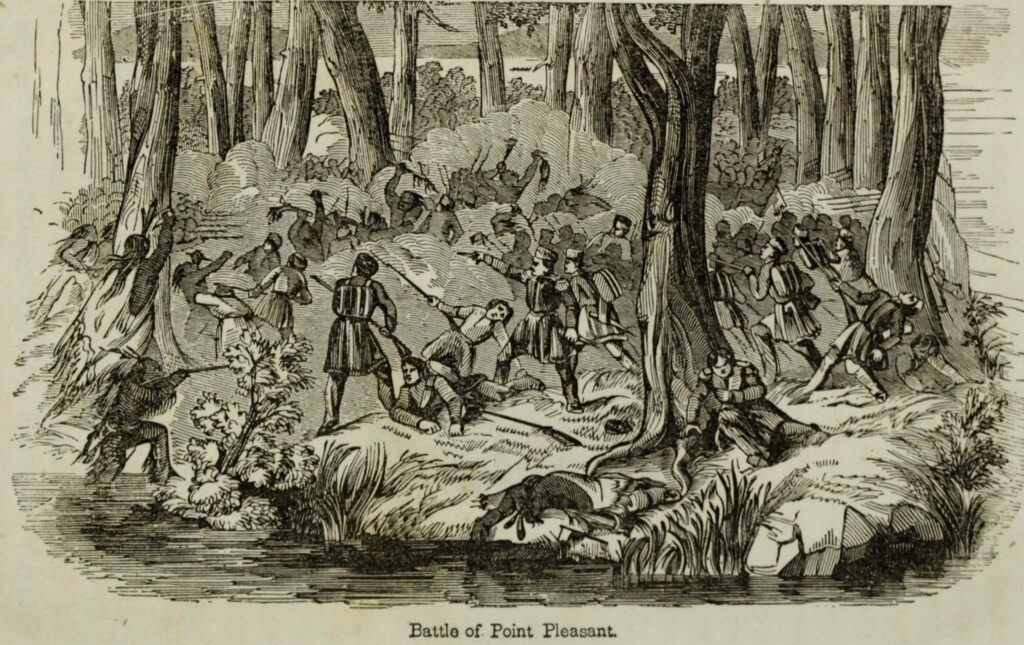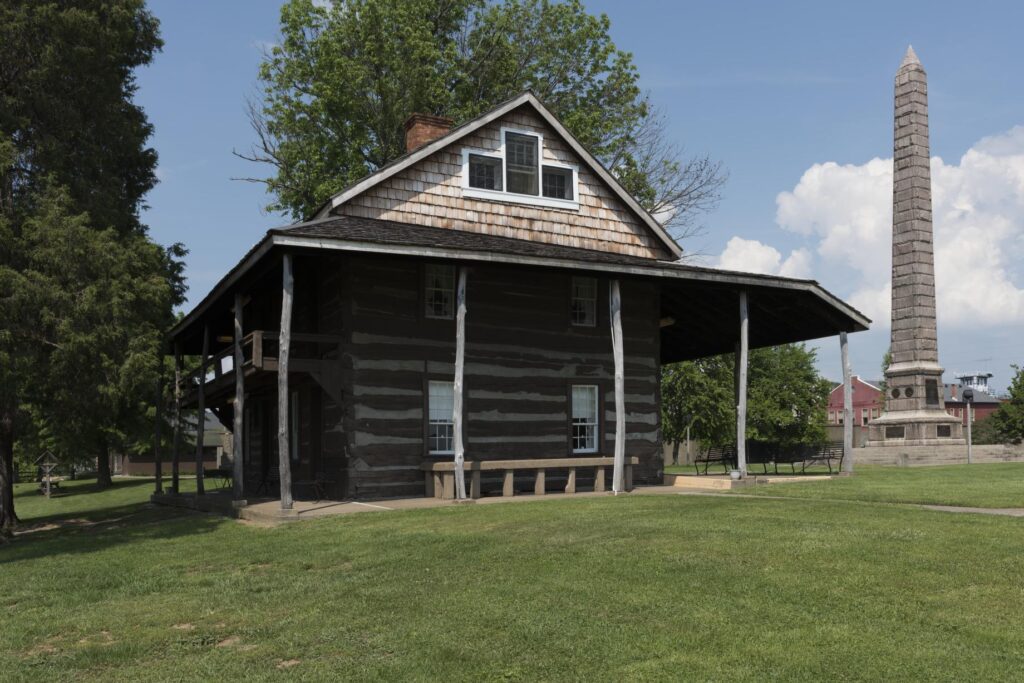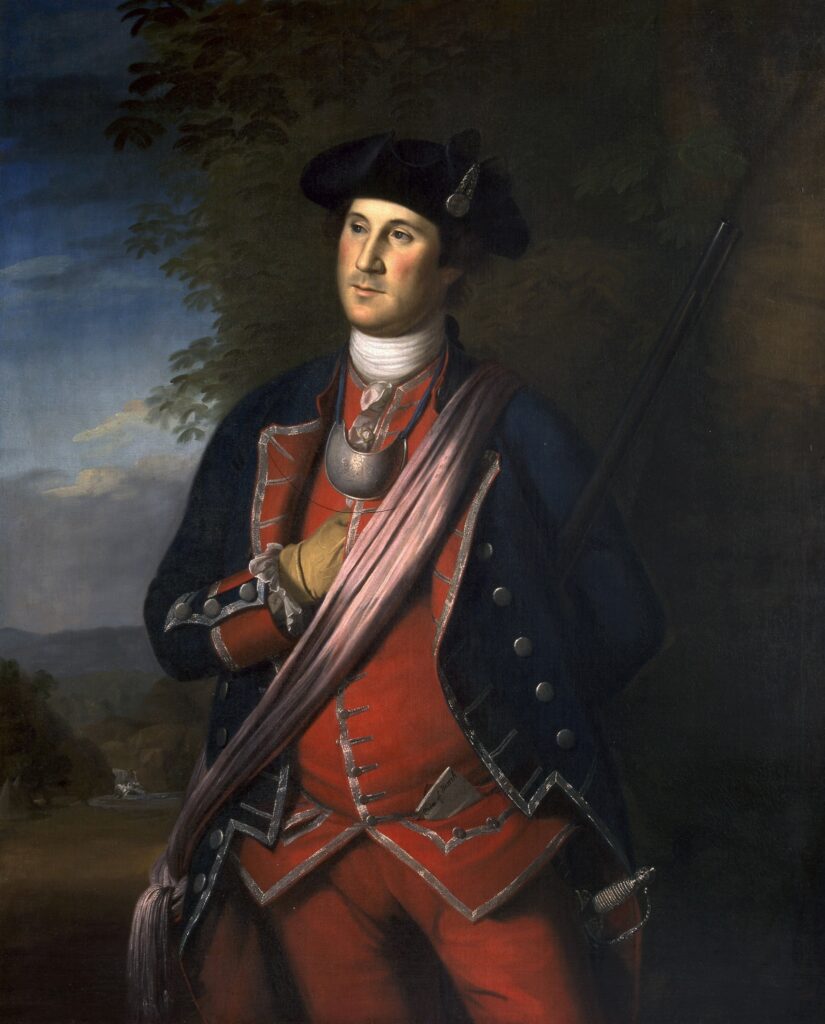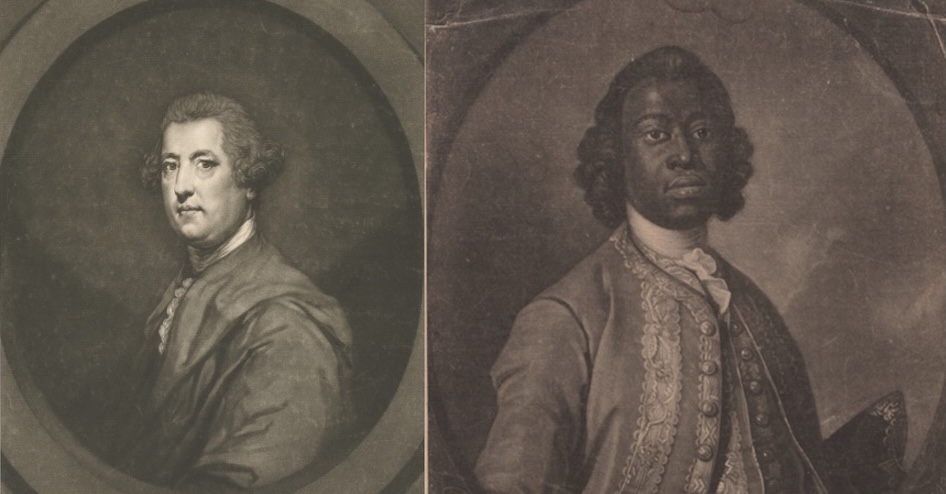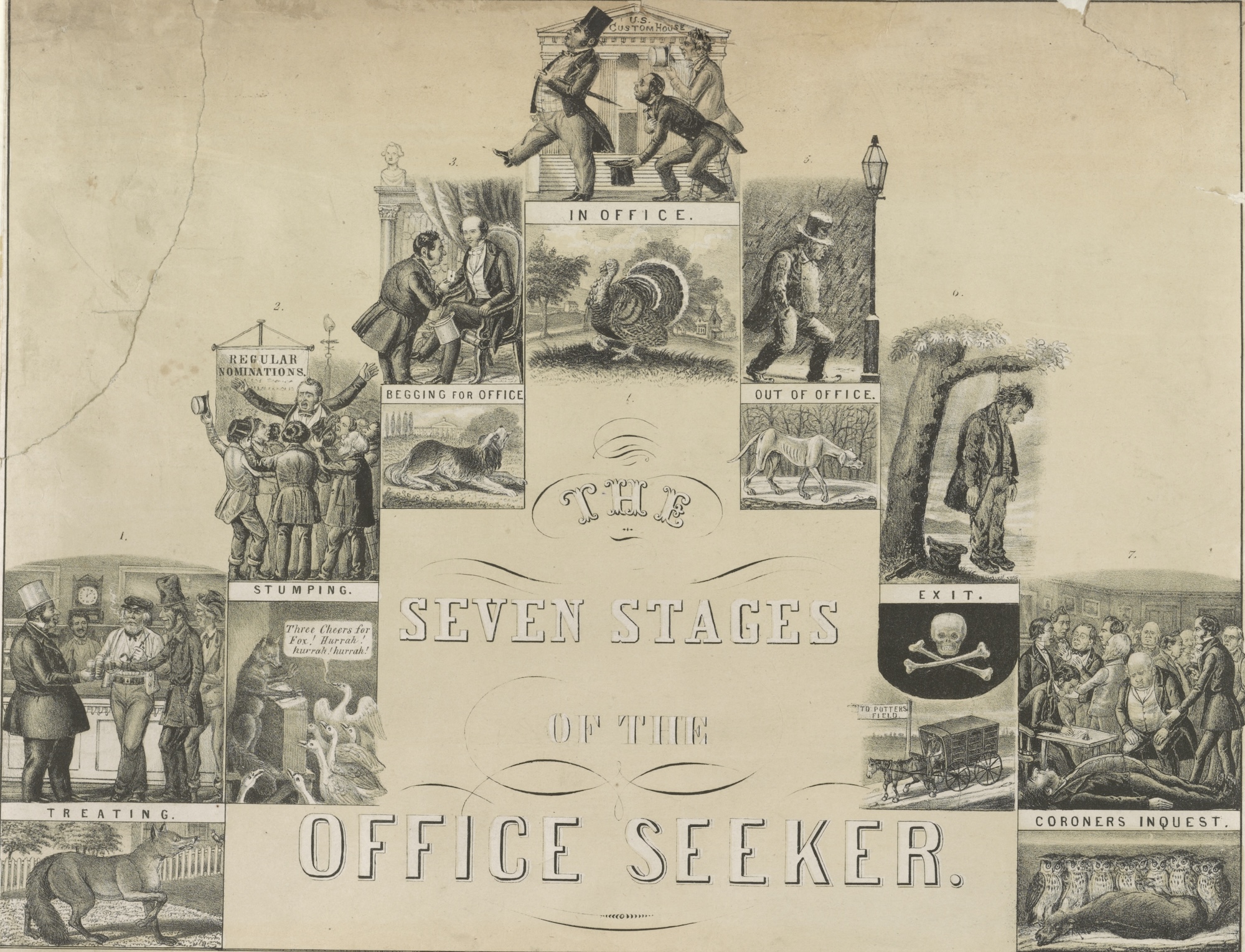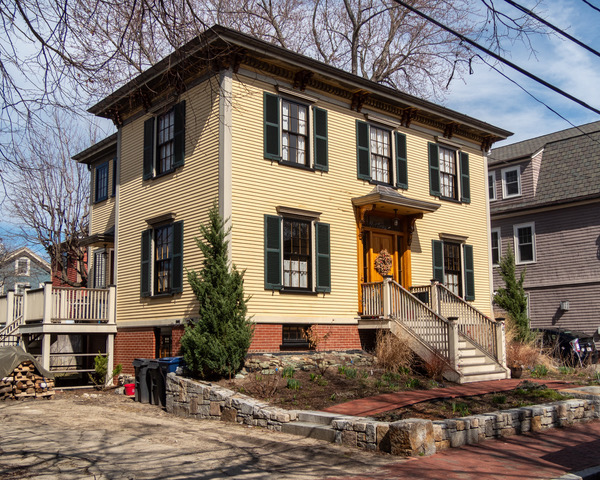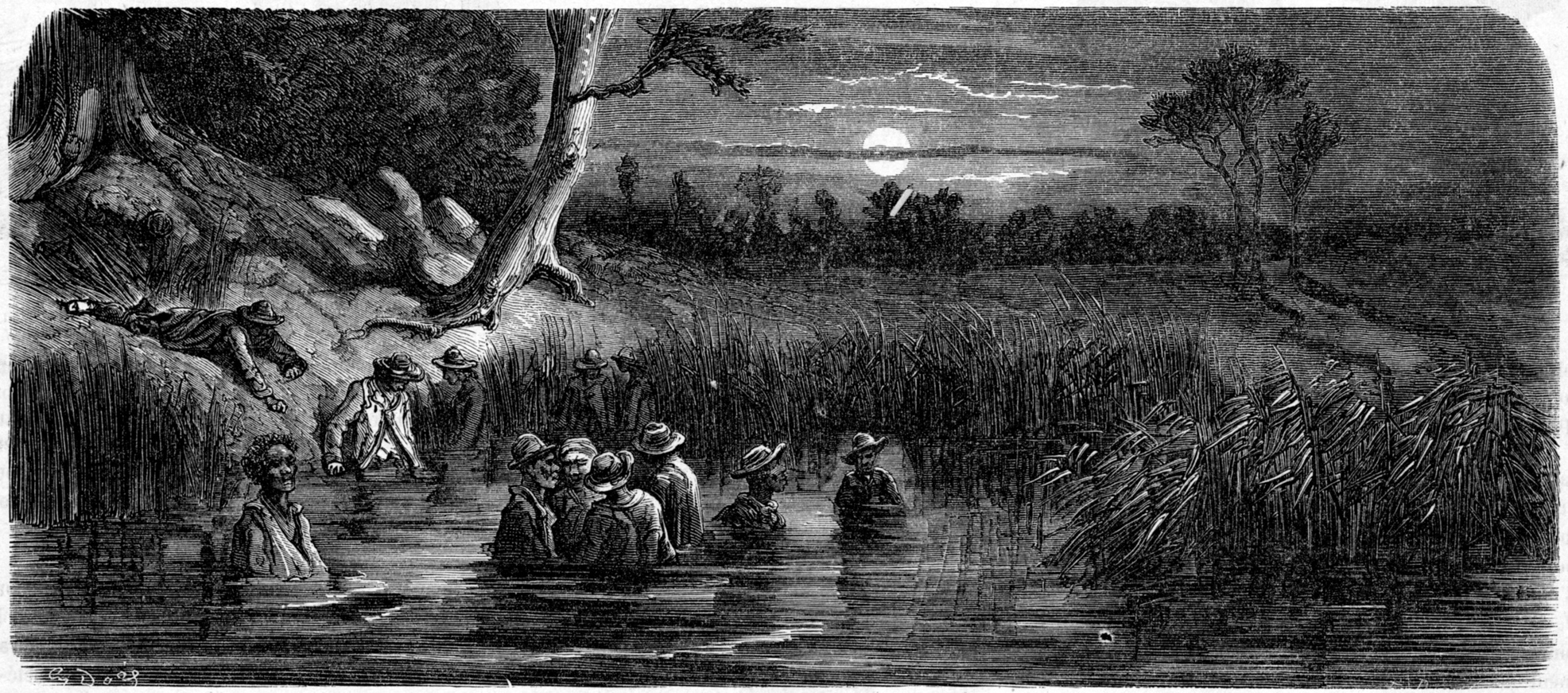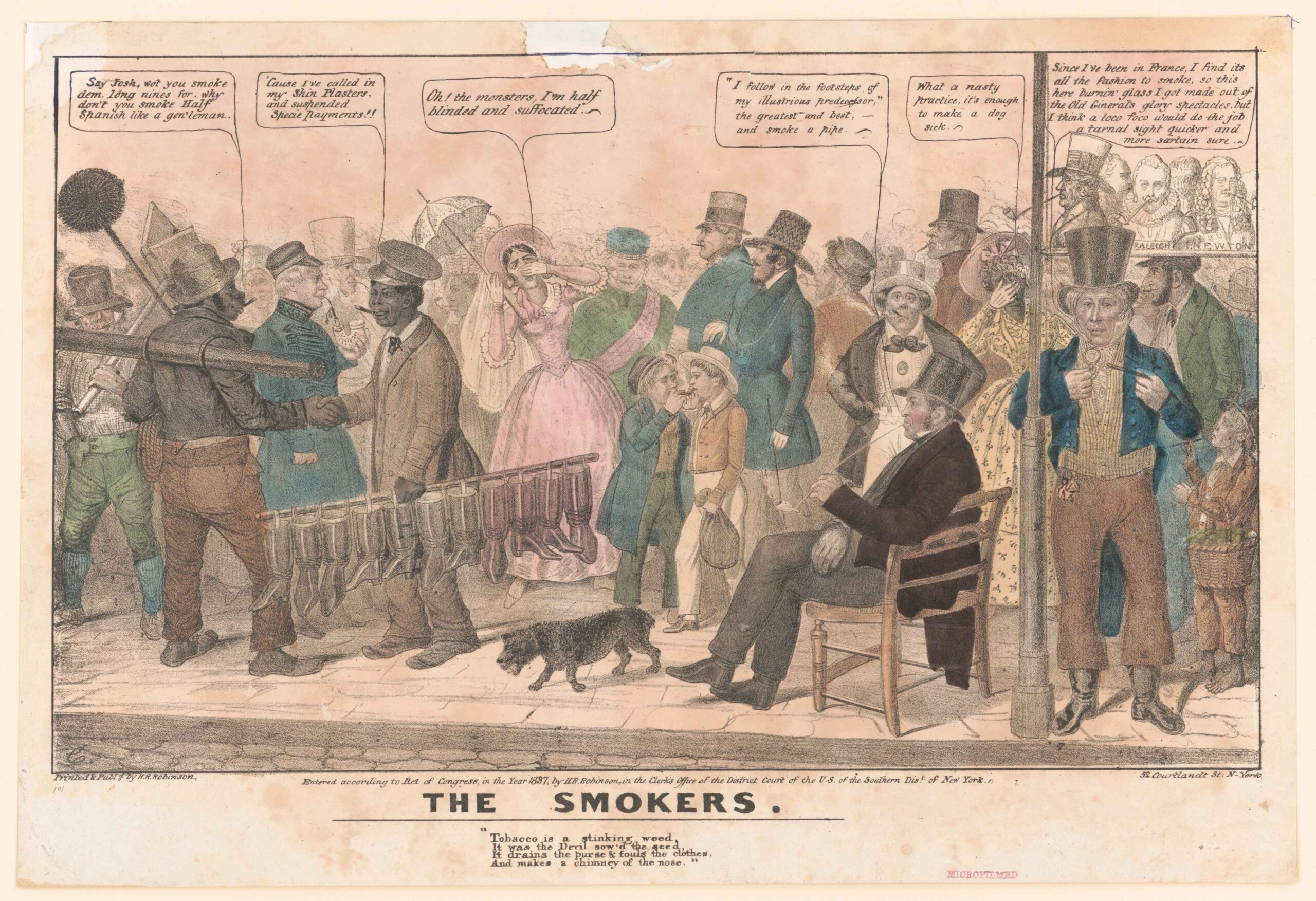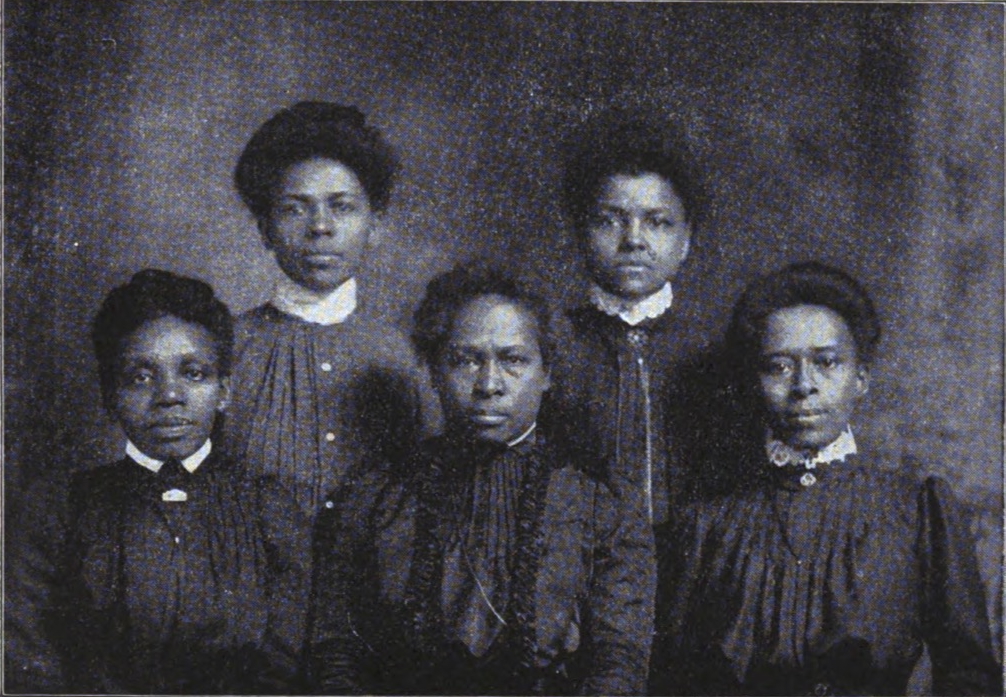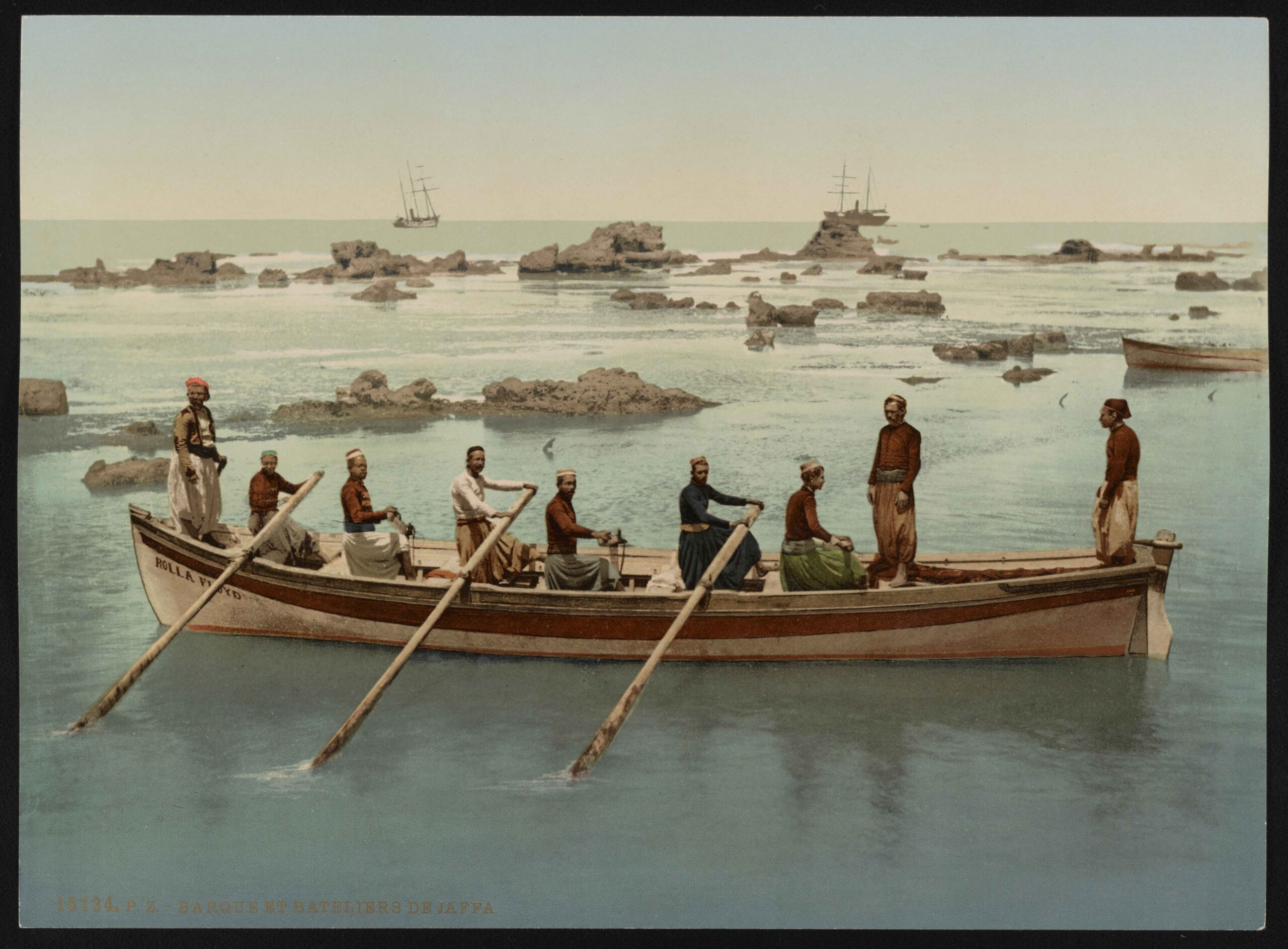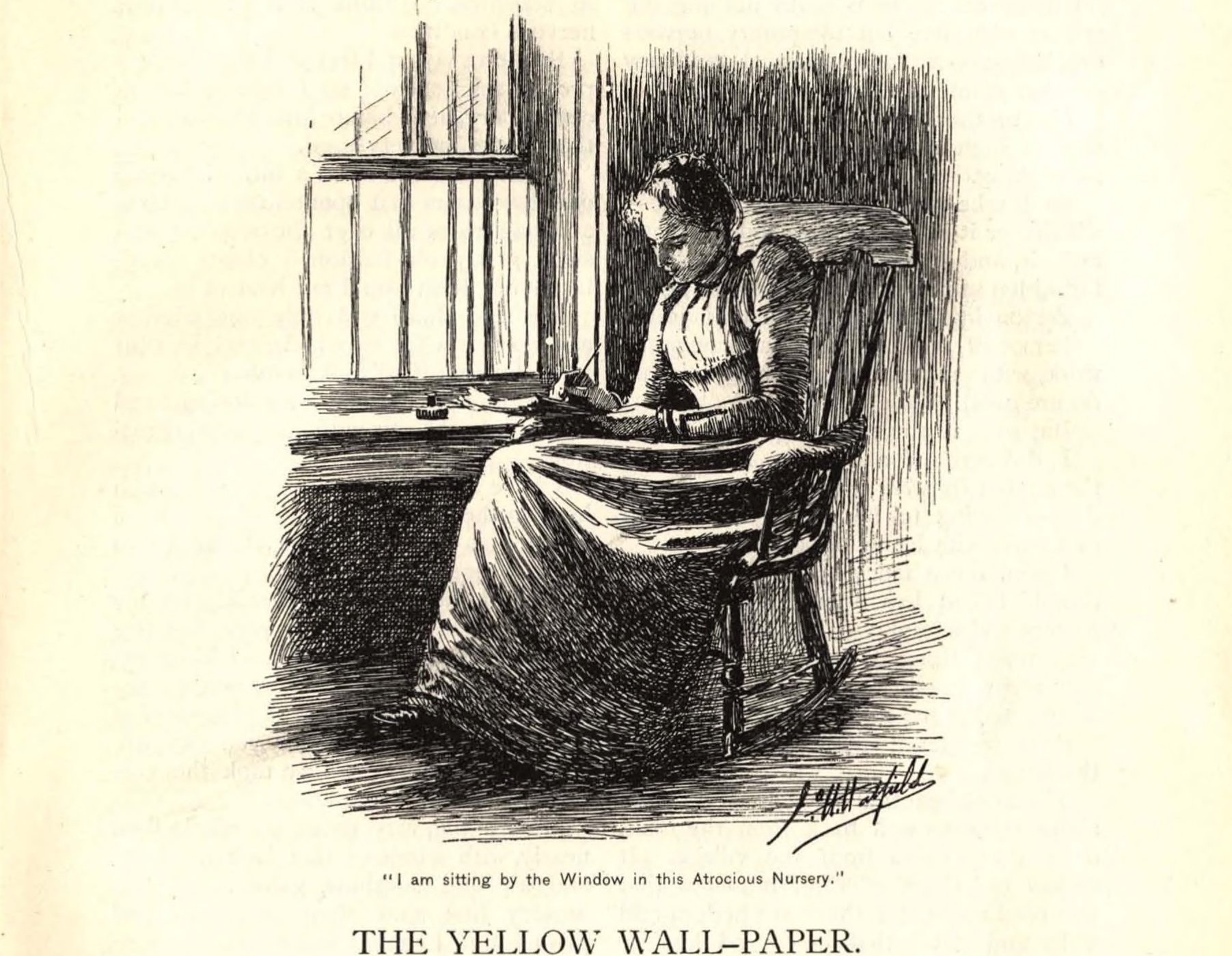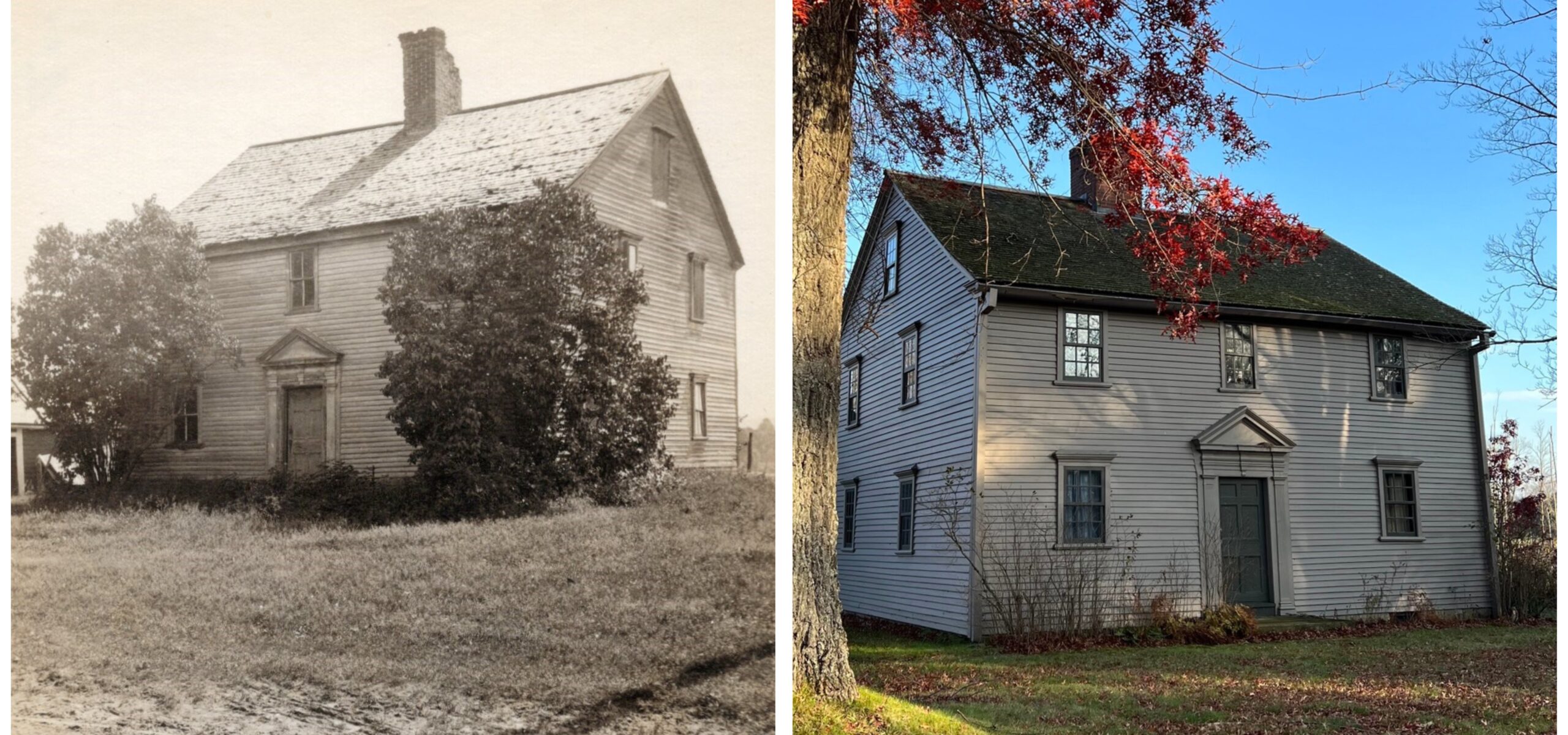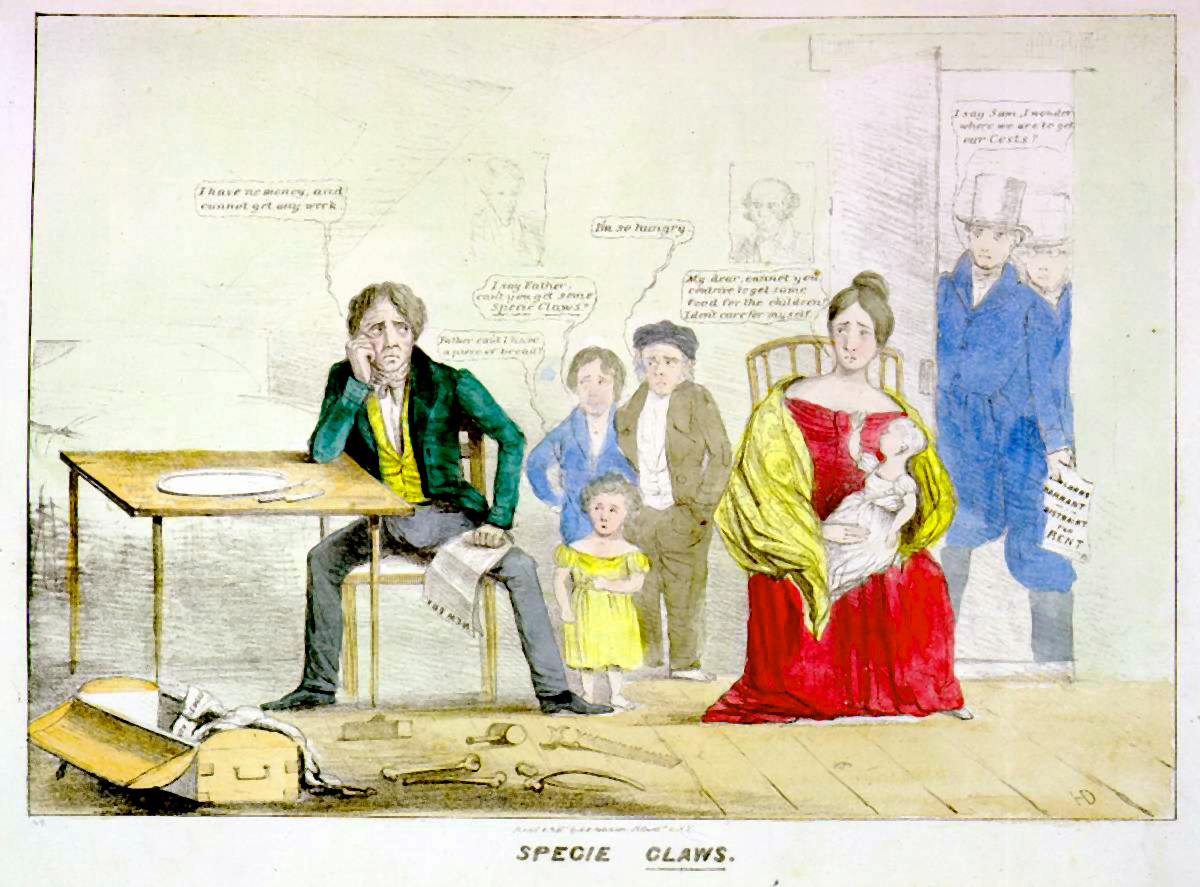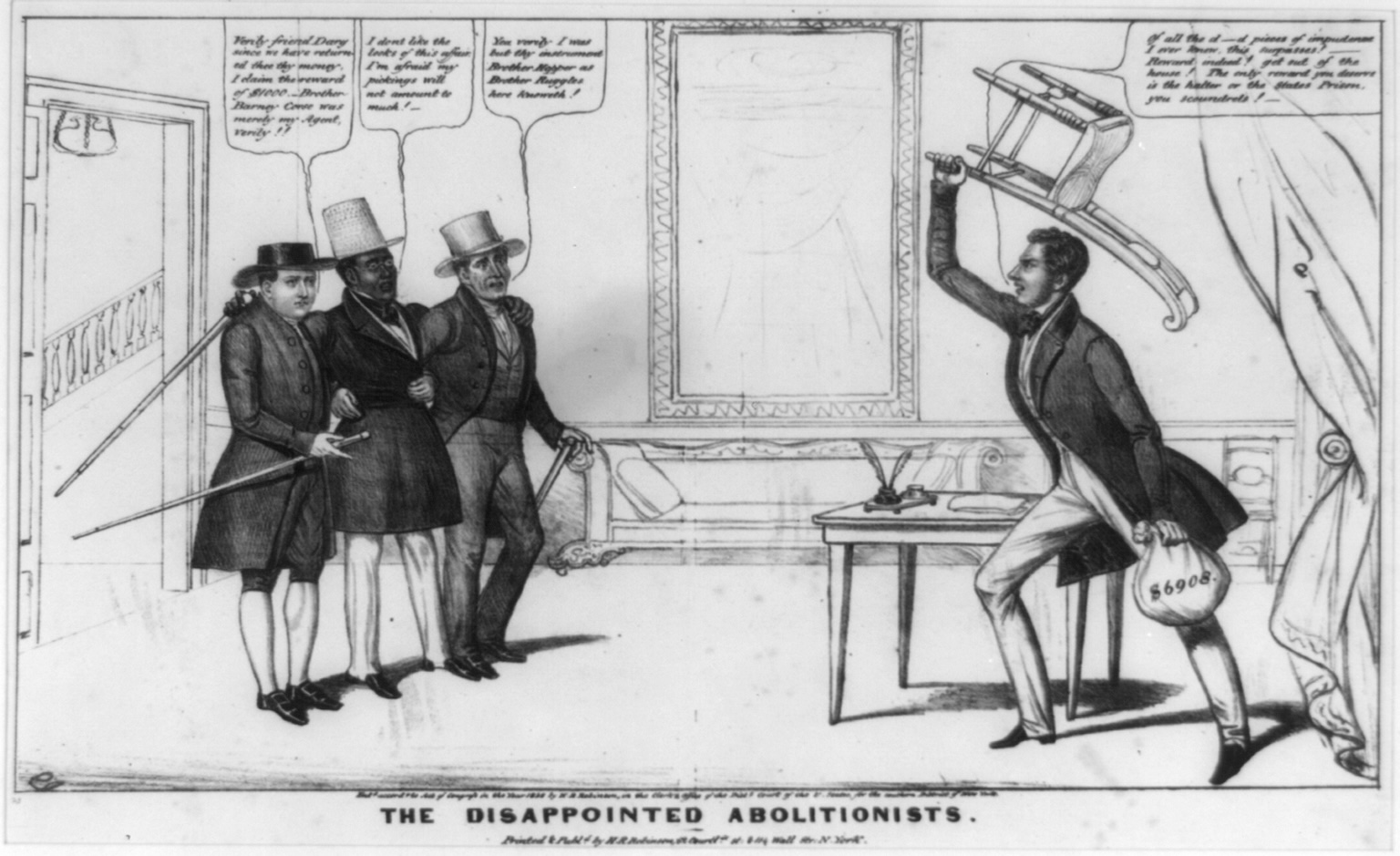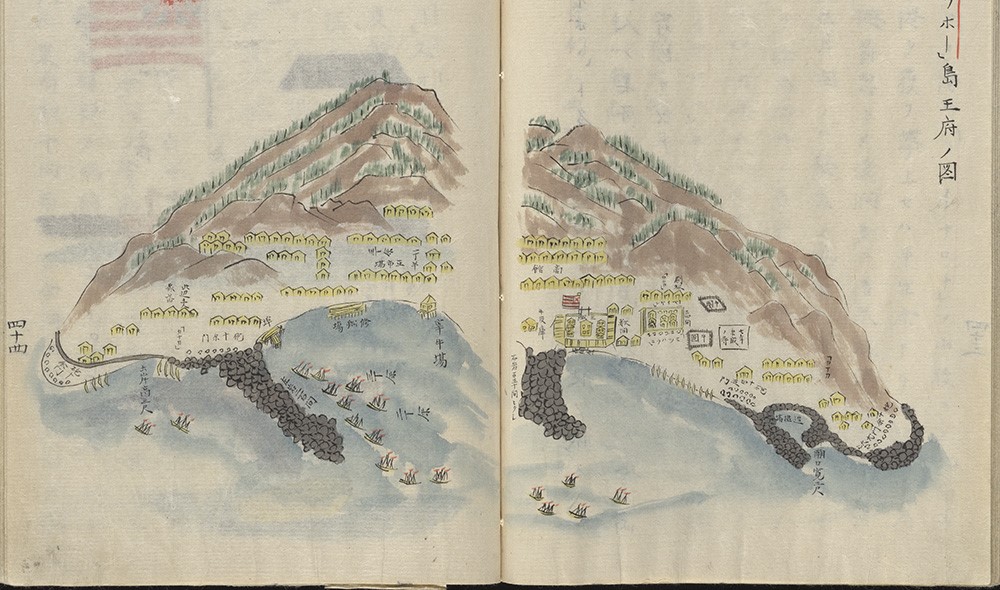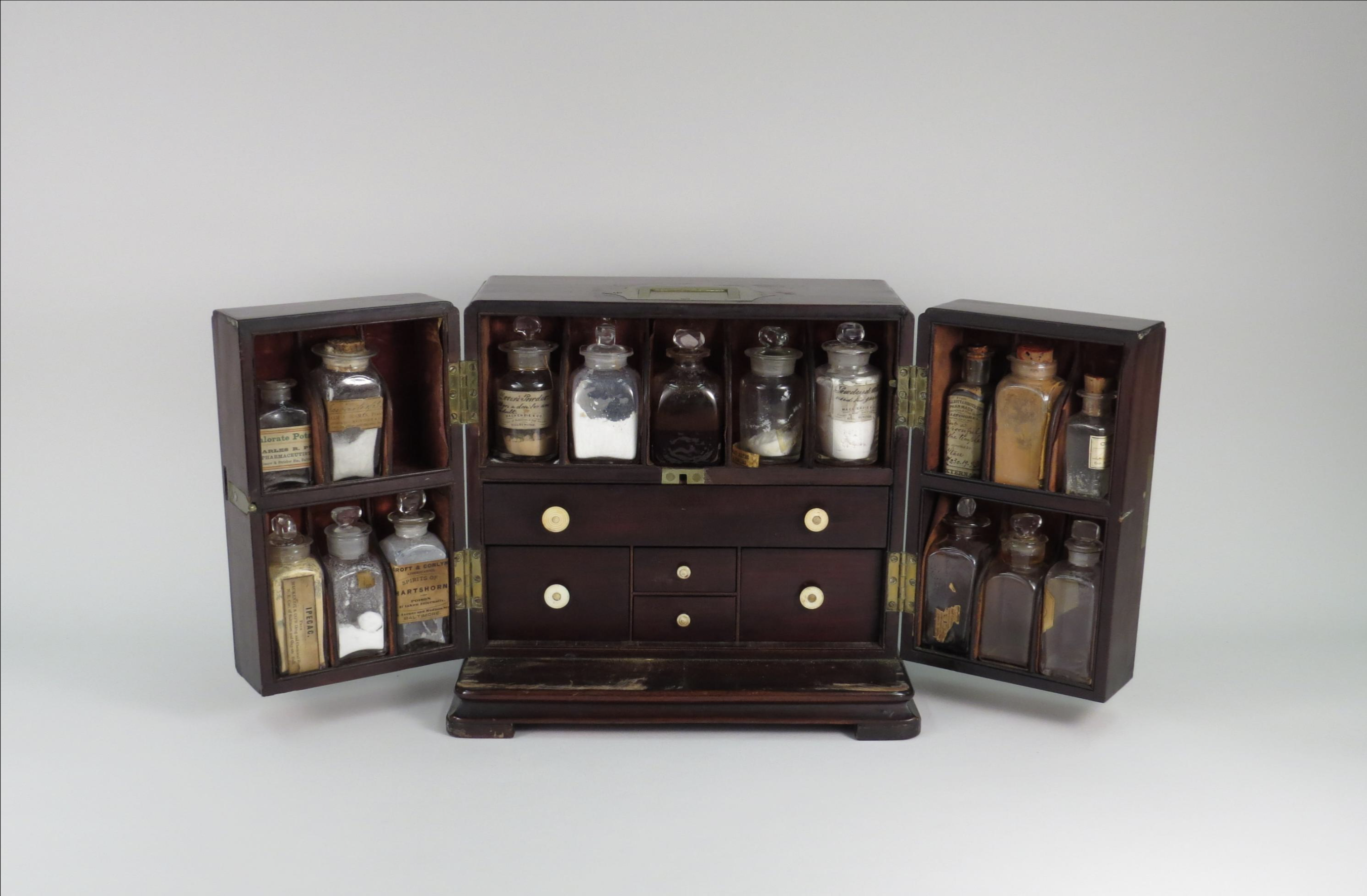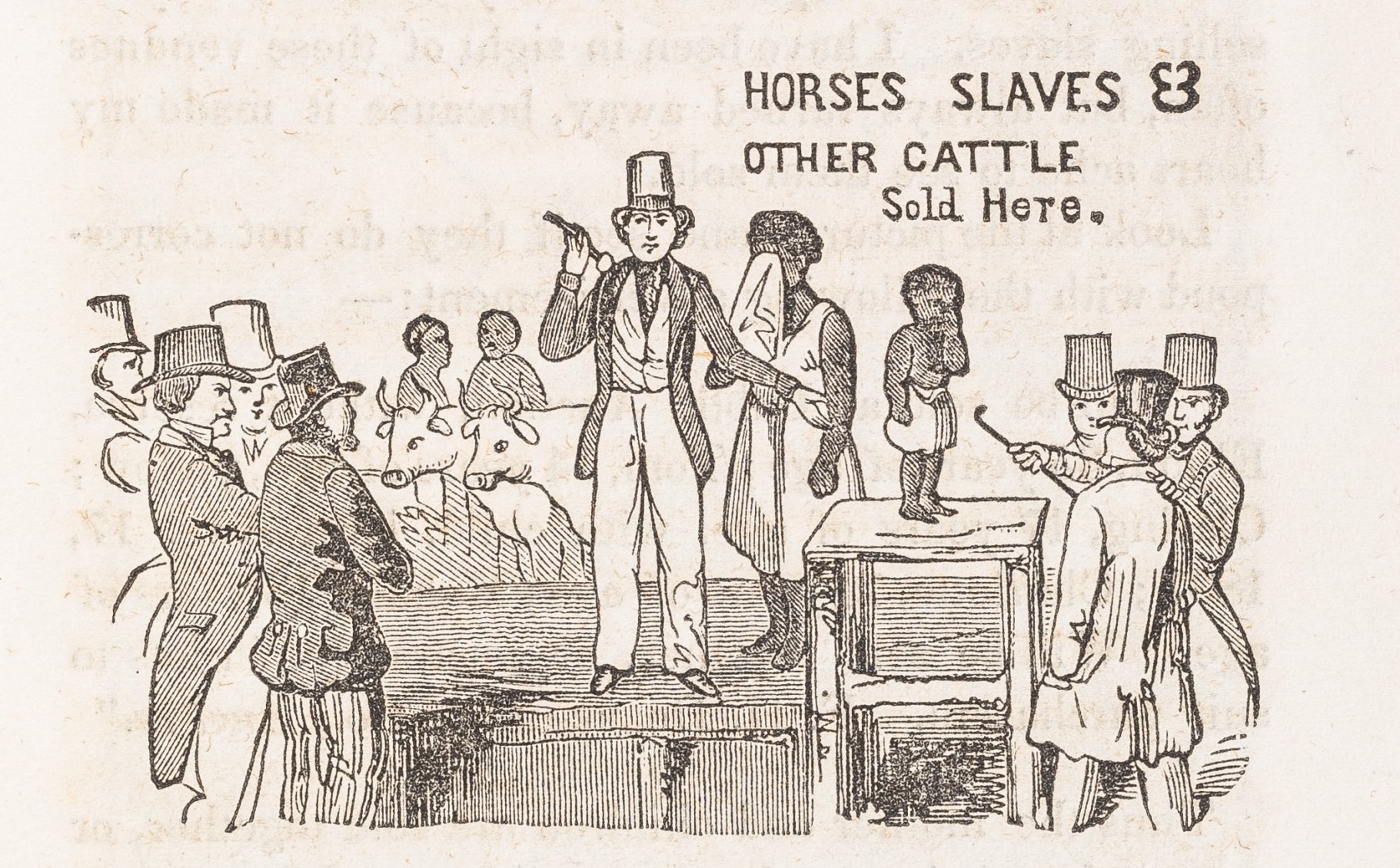“I really feel I do not know what’s going on in the world now,” Chuck Klosterman confessed a few days after the 2024 presidential election on the popular Bill Simmons Podcast. Klosterman, a writer and cultural critic, explained after the presidential election that it seemed to him the more information anyone has about anything, the less they are able to understand what is happening in the world. He related that he had recently conducted an informal poll among his friends about their political knowledge. “On a scale of one to ten,” he said, “how surprised were you about this election?” Among his circle, those who voraciously engaged with news media were far more caught off guard than those who casually paid attention. Klosterman was exasperated, not just by the outcome of the election, but by how he didn’t understand the world anymore. “I don’t know what to do about it,” he concluded.
There is a word for what Klosterman and millions of people in the US and throughout the world are going through: bewilderment.
Bewilderment is a feeling of inextricable confusion and a distrust of what can be grasped. It happens when the guides and signposts, the anchors that people rely on to orient themselves in the world, are suddenly pulled up and discarded. Chaos agents thrive in such an atmosphere. Klosterman has been only one of many commentators who intimated that this is an utterly new feeling; that we are entering uncharted territory, that we’ve never felt this unmoored before in the United States.
We have.
It is important that we recognize the role—and the power—that this feeling has had in American history. Bewilderment as a state of mind has occurred many times before in US history, most often when the nation was on the cusp of sudden change. The crisis of the union at the end of the 1850s immediately spring to mind, as do the crises of the Great Depression and Second World War.



